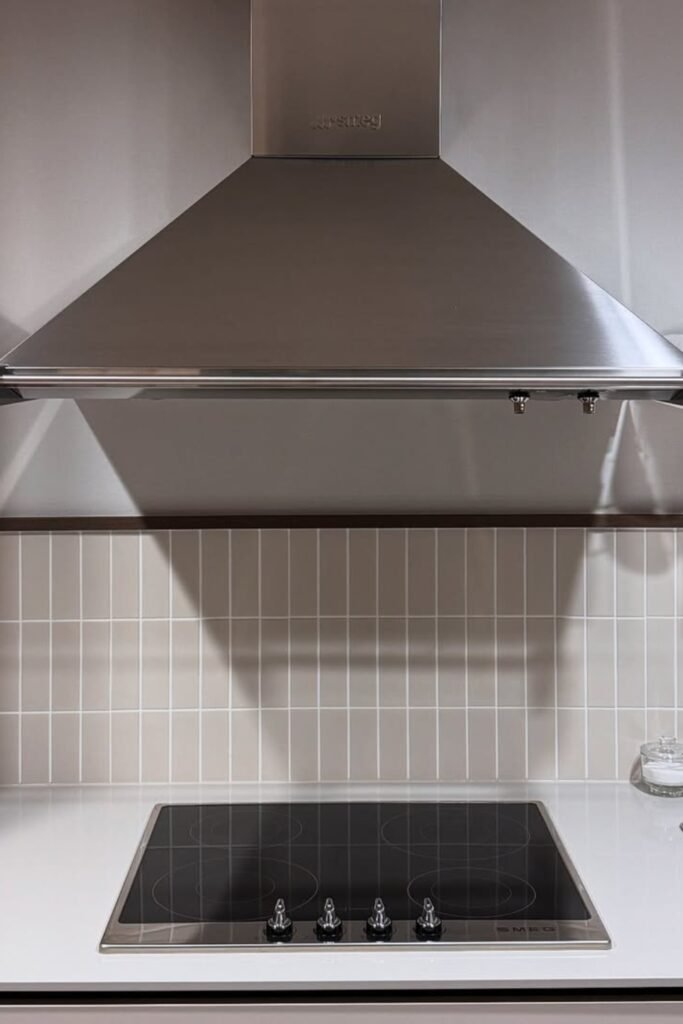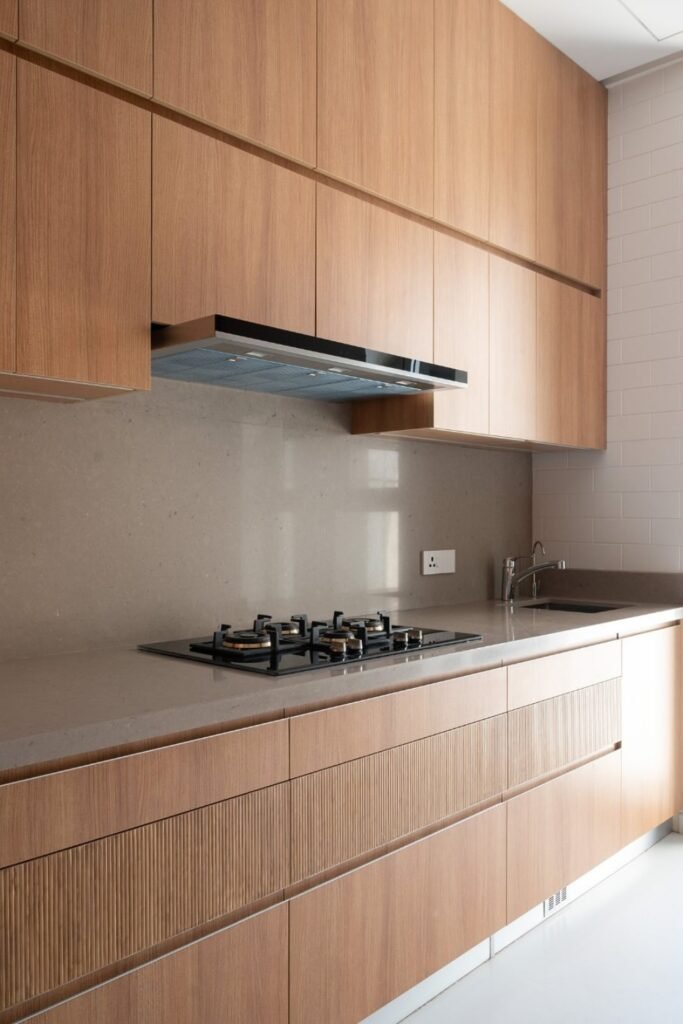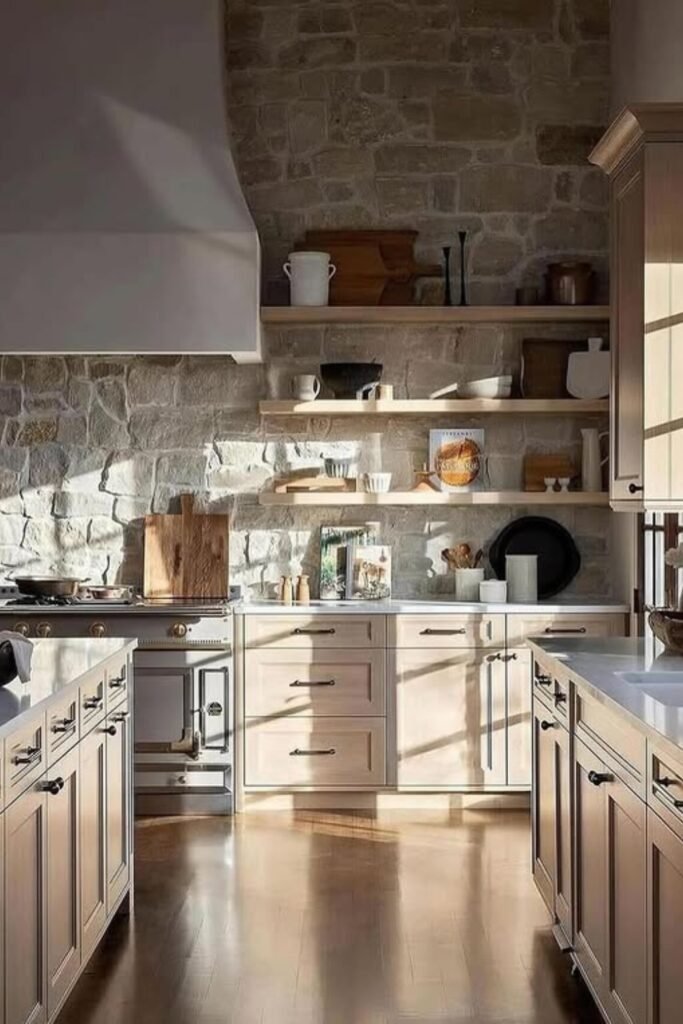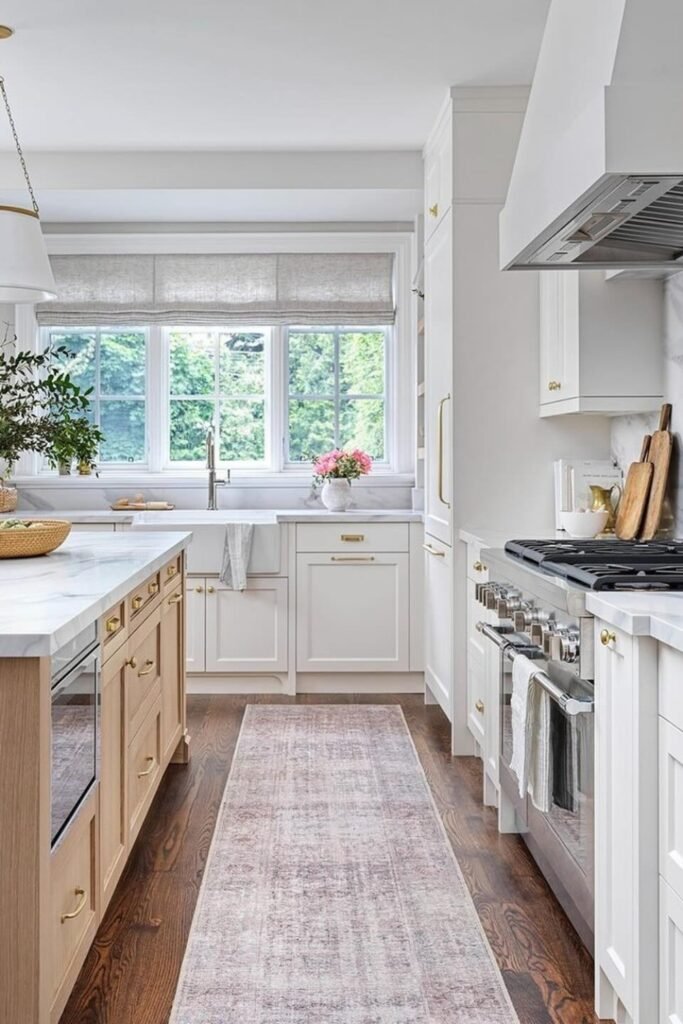Which Kitchen Chimney Is Best For Kitchen in 2025

Cooking every day fills your kitchen with smoke, oil stains, and that sticky smell you just can’t get rid of.
If you have ever wiped greasy tiles or struggled with poor ventilation, you already know why you should choose the right chimney.
The real problem is that you see so many types wall-mounted, auto-clean, filter less, ducted and each one tells you it’s “the best.”
That’s why in this article, you will cut through the confusion and figure out exactly.
Let’s jump in!
How to Determine if a Chimney is Good?
If you want a good kitchen chimney, you should first see whether it really matches your cooking style, your kitchen size, and how easily you can use it.
You can start by checking suction power: if you do heavy Indian cooking, you should go for 1,200-1,500 m³/hr, but if you cook lightly, you can stay around 800-1,000 m³/hr.
You might also notice the filter system. You can pick filter less or auto-clean if you want convenience.
When you cook, you should also care about noise; ideally, you must keep it under 58 dB so you don’t get disturbed.
You can also check the size, you should choose 60 cm for a small stove, and you must go for 90 cm if you have a larger one.
Finally, you should make sure the chimney comes from a reliable brand, and you must check for at least 1 1-year warranty on the product and 5 years on the motor.
Types of Kitchen Chimney
1. Wall-Mounted Chimney
If your stove is against a wall, you should go for this option. You can fit it right above your cooktop, and it will vent the smoke straight out.
You will find it ideal for small to mid-sized kitchens, and you can also save space with it.

2. Island Chimney
If you have a stove in the center of your kitchen, you should go for this. You can hang it from the ceiling, and it will pull smoke from all sides.
You might love the premium look, but you should know it needs proper space and strong ceiling support.

3. Built-In Chimney
If you want a neat look, you can hide this inside a cabinet and keep everything clean.
You should choose it for a modular kitchen, but you must know it’s not the best if you do a lot of deep-frying or high-heat cooking.

Difference Between Ducted and Ductless Chimney
This is one of the biggest mistakes you can make: you choose by looks or price and ignore what your kitchen can actually support.
If you have an external wall nearby or ceiling space for ducting, you should always go for a ducted chimney.
You can pull smoke, smell, and hot air completely out of your kitchen, and you will keep the space cooler, cleaner, and odor-free, especially when you cook with oil or spices.

But if ducting isn’t possible, maybe you live in a rented flat or the wall is too far, then you can use a ductless chimney as a backup.
You should know it uses charcoal filters to trap odor and pushes air back inside.
You’ll find it easier to install, but you must remember it won’t remove heat and the filters will need frequent replacement.
You should check your wall first, not just the product ad. Ducted will work better, but only if your layout allows it.
Which Is Better: Filter or Filterless Chimney?
This part might confuse you, but you’ll see it’s simple once you know how much work each type needs from you. If you choose a filter-based chimney, you can get either a mesh or baffle filter.
When you cook with oil, spices, or fry often, the filter will catch all that greasy mess. But here’s the catch, you’ll need to remove it, wash it, and put it back.
Mesh filters can get greasy fast, while baffle filters can handle oil better and last longer, but you still must clean them every few weeks.

Now, when you go for a filterless chimney, you don’t need to wash any physical filter. Instead, you can let it push grease into an oil collector and clean itself using heat that’s auto-clean.
It doesn’t mean zero maintenance, because you must still empty the oil tray, but at least you won’t deal with messy filters.
So, if you hate scrubbing filters, you should go filter less. If you don’t mind cleaning now and then and want better grease control, you can pick a baffle filter.
Mistakes to Avoid While Buying Chimney
Most people buy the wrong chimney, and you can regret it later.
A common mistake you might make is choosing the wrong size, a 60 cm chimney won’t cover a 4-burner stove, so you should go for 90 cm if your cooktop is wide.
You must also avoid installing it too high, because anything above 30 inches will weaken suction.
You shouldn’t fall for stylish looks without checking suction power and filter type, because those will matter more for you.
If you’re using a duct, you should avoid flexible pipes with too many bends.
And you must remember, “auto-clean” doesn’t mean zero maintenance, you will still need to empty the oil tray and wipe it down.
If you get these basics right, you can actually make your chimney work properly.
Conclusion
There’s no one perfect chimney for everyone, but you can find the right one depending on how you cook, how your kitchen is built, and how much effort you want to put into cleaning.
If you fry often, you should go for high suction with a baffle or filter less model. If your space allows it, you can choose a ducted setup for better airflow.
You shouldn’t get distracted by fancy features, you should focus on size, suction, noise, and ease of maintenance.
You must choose what fits your kitchen, not just your budget, because that’s the only way you can get a chimney that actually works for you.
FAQs
What happens if I install the chimney too high?
If your chimney is too high above the cooktop (more than 30 inches), you will see it won’t pull the smoke in fast enough.
The suction will get weak, and your kitchen can stay smoky.
You should always follow the install height mentioned in the manual, usually between 26 to 30 inches so you can get the best performance.
Do filterless chimneys really need no cleaning at all?
No, you shouldn’t think they’re 100% maintenance-free.
With filter less chimneys, you don’t need to scrub metal filters, but you will still need to empty the oil collector and wipe the inside every month.
If you cook greasy or spicy food often, you must clean it regularly so you can keep the suction strong.
You may love to read!
